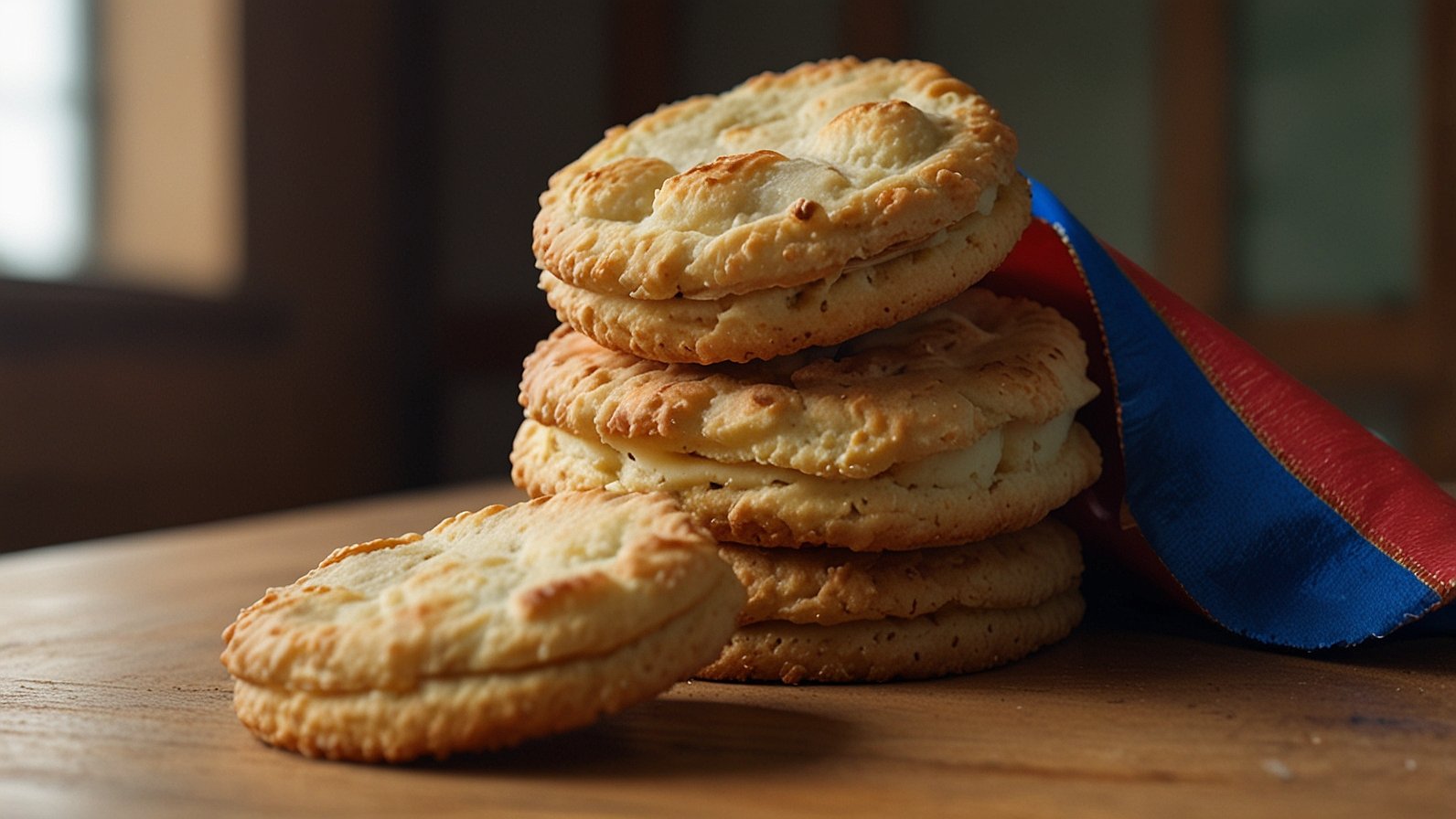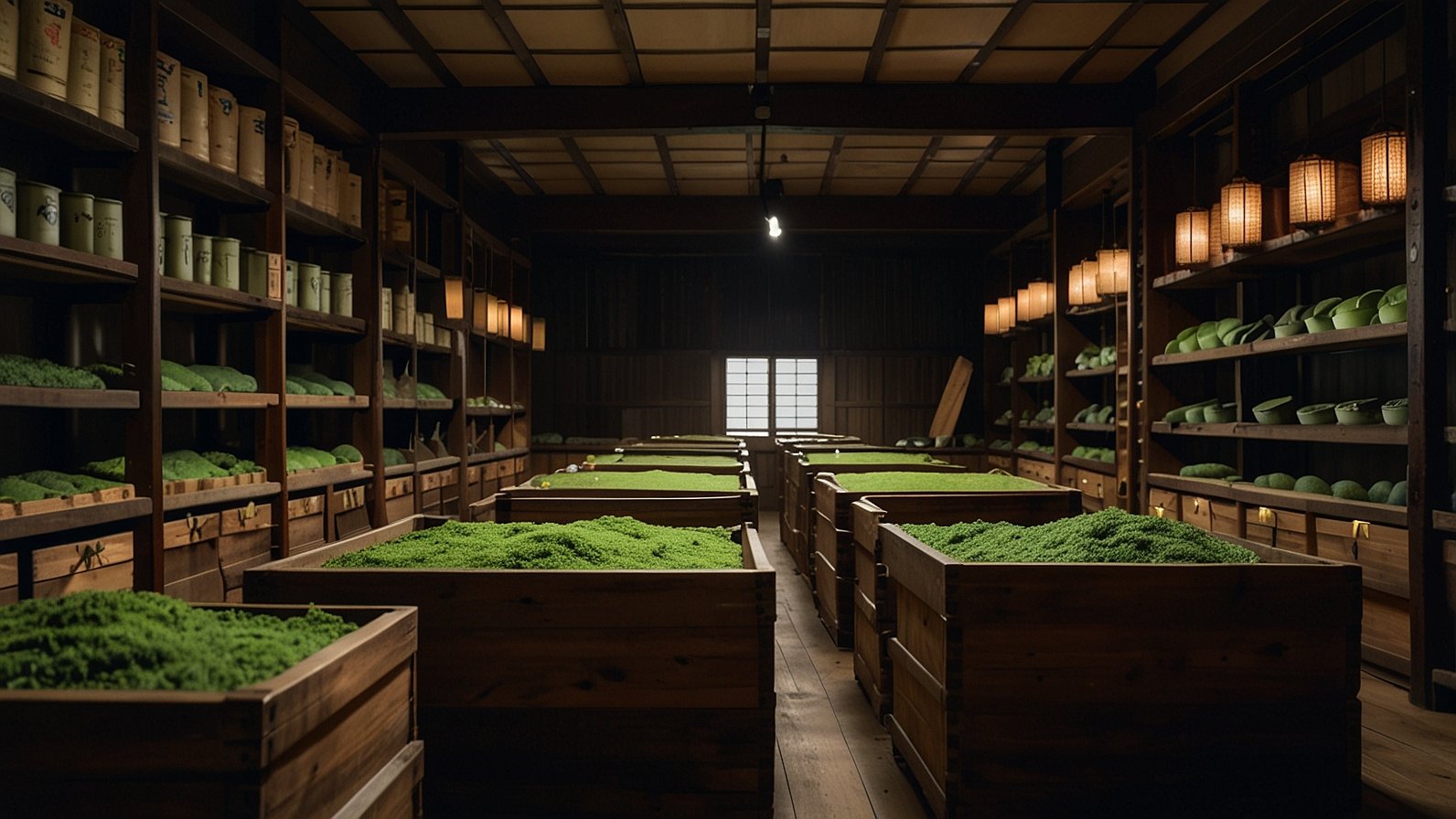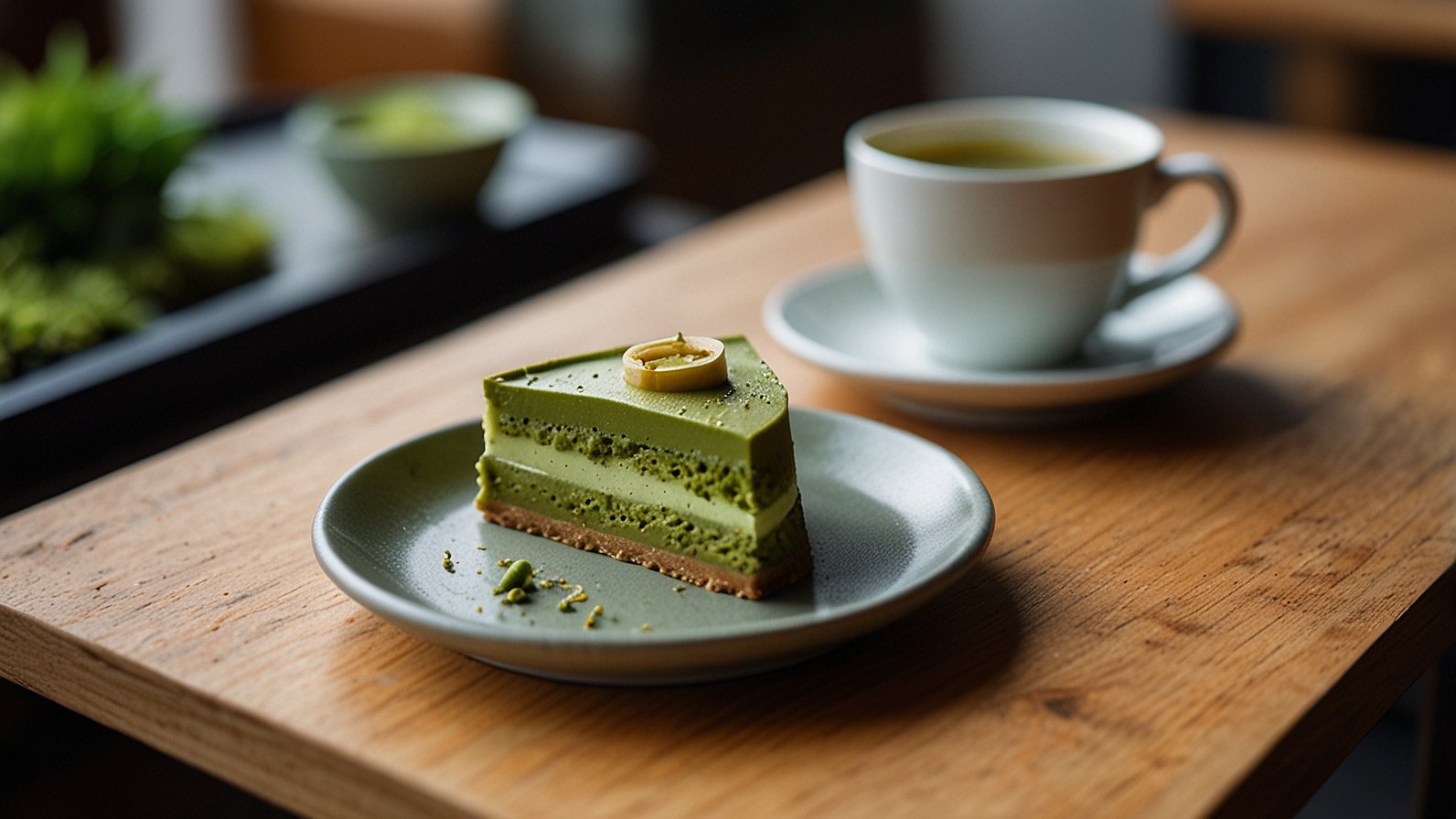Ever found yourself in a cozy café, nursing a rich espresso, when a plate of slender, twice-baked biscuits arrives? You dunk one absentmindedly, and for a glorious second, it resists before softening into a perfect, nutty, sweet crunch. That, my friend, is a moment of pure, unadulterated Italian magic. And chances are, you’ve just met the star of our show: бишкоти ди прато.
Now, if that name looks unfamiliar, don’t worry. You probably know them by their Italian name: Biscotti di Prato. Or perhaps cantucci. We’re talking about those deceptively simple, oblong almond biscuits that have become a global synonym for “dunking perfection.”
But here’s the thing most people get wrong: these aren’t just any biscuits. They are edible history. A testament to the beauty of scarcity and technique over an abundance of ingredients. To call them a cookie is almost an insult; they are a culinary artifact, born from practicality and perfected by time.
So, let’s pull up a chair, pour a glass of Vin Santo (we’ll get to that), and unravel the story of why this humble biscuit from a small Tuscan town deserves its legendary status.
A Name with a Story: Biscotti, Cantucci, and Confusion
Let’s clear this up right from the start, because even in Italy, there’s a friendly debate. The term biscotti is simply Italian for “biscuits,” derived from the Latin bis (twice) and coctus (cooked). So technically, it describes the method—twice-baking—not a specific recipe.
The more traditional name, and the one you’ll hear fiercely defended in Prato, is cantucci. This specifically refers to the almond-studded variety we’re discussing.
And бишкоти ди прато? That’s the direct transliteration, a nod to its journey across cultures. But no matter what you call them, their heart remains in Tuscany. Their origin is often credited to a 19th-century pastry chef in Prato named Antonio Mattei. His recipe, using just flour, sugar, eggs, and almonds, won awards and put this tiny town on the gastronomic map. His bakery, still operating today, is practically a pilgrimage site for biscotti purists.
Honestly, the name isn’t what matters most. It’s the spirit. These biscuits were born not of luxury, but of necessity. Their rock-hard texture and lack of fats (like butter or oil) meant they could last for months—a vital quality for sailors, travelers, and soldiers. Their simplicity was their superpower.
The Soul of Simplicity: Deconstructing the Ingredients
You might look at a recipe for authentic Biscotti di Prato and think, “That’s it?” Seriously. The ingredient list is so short it’s almost audacious. But each one plays a critical, non-negotiable role.
- Flour: Typically a simple, all-purpose *00* flour. This isn’t the place for whole wheat or fancy alternatives. The neutral canvas is essential for the other flavors to shine.
- Sugar: Just plain white sugar. It provides sweetness, sure, but it’s also crucial for that signature snap and dry texture.
- Eggs: The only binder. No milk, no water, no oil. The eggs give richness and structure, and the quality really matters here. Farm-fresh eggs will give you a superior color and flavor.
- Almonds: Whole, skin-on, and untoasted. This is a hill I will die on. You want traditional, you use raw almonds. The double baking toasts them perfectly from the inside out, giving a deeper, more nuanced flavor than pre-toasted ever could.
- That’s. It. No baking powder, no butter, no vanilla extract. Some modern recipes add them, and that’s fine for a softer, cakier biscuit. But if you want the real deal, the rustic, jaw-breakingly authentic cantucci? Embrace the scarcity.
The Twice-Baked Alchemy: Why Technique is Everything
If the ingredients are the soul, the twice-baking is the heart. This isn’t a mere step; it’s the entire point. Let’s break it down.
First Bake: The wet, sticky dough is formed into a wide, flat loaf. This first trip into the oven is just to cook it, to set its shape and cook the interior. You’re essentially baking a very dense, almond-packed cake.
The Cut: This is where the magic happens. The hot, fragile loaf is pulled from the oven and, while still piping hot, is sliced on a diagonal into its iconic slender forms. This takes a confident hand and a sharp knife—hesitate, and it’ll crumble.
Second Bake: The sliced biscuits are laid on their sides and returned to the oven. Now, the goal is drying. This low-and-slow bake evaporates all the remaining moisture, creating that famous hard, dry texture and incredible shelf life. This is what transforms them from mere cake into biscotti.
Biscotti di Prato vs. The World: A Crunchy Comparison
It’s easy to lump all hard biscuits together, but that’s a mistake. Here’s how the true Prato original stacks up against its more common imitators.
| Feature | Authentic Biscotti di Prato (Cantucci) | Common American-Style Biscotti |
|---|---|---|
| Texture | Extremely hard, dry, and crunchy. Meant exclusively for dipping. | Softer, more crumbly, often cakier. Can be eaten alone. |
| Fat Content | None. No butter, oil, or other fats. | Almost always contains butter or oil. |
| Leavening | None. No baking powder or soda. | Usually contains a leavening agent for lift. |
| Almonds | Whole, raw, skin-on almonds. | Often uses sliced or slivered, sometimes pre-toasted. |
| Flavor Profile | Rustic, pure, not too sweet. The flavor of toasted almonds and caramelized sugar shines. | Softer, sweeter, often flavored with extracts, chocolate, or spices. |
See the difference? One is a lean, mean, dipping machine. The other is a more approachable, cookie-like treat. One isn’t inherently better, but knowing the distinction is key to understanding the tradition.
The Art of the Dunk: It’s Not a Suggestion, It’s a Rule
Eating a Biscotto di Prato dry is like listening to a symphony with the volume off—you’re missing the entire point. The dunk is non-negotiable. But what you dunk it in is a matter of occasion.
- Vin Santo: This is the classic, the holy matrimony. The rich, sweet, nutty flavors of this Tuscan dessert wine are the perfect complement to the biscuit’s austerity. The biscotti soaks up the wine without disintegrating, creating a sublime texture and flavor fusion.
- Espresso: The morning standard. The bitter, intense coffee cuts through the sweetness and provides the moisture needed to enjoy the crunch without risking a dental bill.
- Sweet Wine or Dessert Wine: Any sweet, fortified wine like Marsala or even a Moscato d’Asti can work in a pinch.
- Milk: For a non-alcoholic option, especially for kids. Though purists might raise an eyebrow, it’s still delicious.
The key is speed. A quick, confident in-and-out. You want it to absorb just enough liquid to soften slightly, but still retain its structural integrity. It’s a skill, honestly.
Beyond the Coffee Cup: Modern Twists on a Classic
While I’m a traditionalist at heart, even I can appreciate the creativity modern bakers have brought to this classic. The basic formula is a fantastic canvas.
- Chocolate-Dipped: The ends dipped in dark chocolate? A no-brainer upgrade.
- Citrus Zest: Adding lemon or orange zest to the dough brightens the whole profile beautifully.
- Different Nuts: Pistachios, hazelnuts, or pecans can create wonderful variations.
- Spices: A hint of anise seed or black pepper can add a fascinating complexity.
My advice? Master the original first. Understand its soul. Then, feel free to play. But always keep a batch of the pure, unadulterated classic on hand. It’s a benchmark of quality.
Final Crumbs: A Testament to Timelessness
In a world of ever-changing food trends and overly complex recipes, the enduring appeal of the Biscotti di Prato is a comfort. It’s a reminder that perfection doesn’t lie in a long list of ingredients or complicated techniques, but in the mastery of the essentials.
It’s a biscuit that demands your participation—you can’t just passively eat it. You have to choose your dunking vessel, you have to time it perfectly. It forces a moment of mindfulness in your day.
So the next time you see that slender, unassuming biscuit, remember you’re not just looking at a snack. You’re looking at centuries of Tuscan tradition, a masterpiece of culinary engineering, and an invitation to slow down and savor a simple, perfect thing.
You May Also Read: The Sweet Secret to Feeling Great? Unwrapping Candizi
FAQs
What is the difference between biscotti and cantucci?
This is the big one. Biscotti is the general term for twice-baked biscuits. Cantucci is the specific name for the almond-based ones from the Prato region of Tuscany. So, all cantucci are biscotti, but not all biscotti are cantucci.
Why are my homemade biscotti soft?
They likely didn’t bake long enough in the second bake. The second bake is a drying process; it needs to be done at a low temperature (around 300°F/150°C) for a longer time (20-30 minutes) to pull all the moisture out. Let them cool completely in the turned-off oven with the door ajar for the crispiest result.
How long do они really last?
Properly baked and cooled, stored in an airtight container at room temperature, authentic biscotti can last for months. Their lack of fat is their preservative. If they soften, a quick 5-minute warm-up in a low oven will re-crisp them.
Can I use other nuts or add-ins?
You can, but it moves away from the traditional Biscotti di Prato definition. Traditionalists use only whole, raw almonds. For a modern twist, pistachios, hazelnuts, or even a small amount of dried fruit are popular, though fruit can release moisture and affect shelf life.
Is there a gluten-free version?
Absolutely. The simple ingredient list makes it easier to adapt. A good 1:1 gluten-free flour blend can work well. The texture might be slightly more delicate, but the method remains the same.
What’s the best way to slice them without crumbling?
Use a serrated bread knife and a sawing motion. Don’t press down. And most importantly, slice them while the loaf is still very warm from the first bake. If it cools completely, it will be much harder to slice cleanly.










